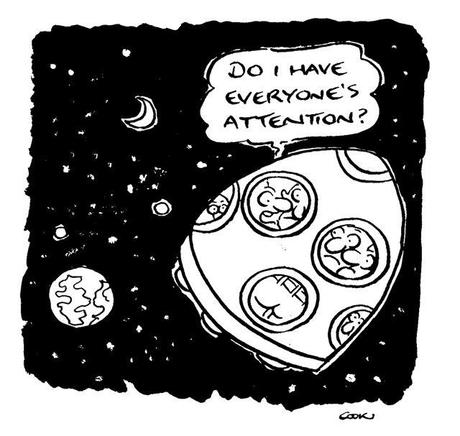 Good managers are neither ideologues nor cynics
Good managers are neither ideologues nor cynics
Before the acronym CRM was hijacked by Customer Relationship Management, it stood for Cockpit Resource Management. Developed by NASA in the 1970s, it was a collaborative practice aimed at curbing disasters due to human error.
This original CRM was adopted by commercial airlines and is still a key part of aircrew training. It’s credited with a two-decade fall in the number of aircraft mishaps caused by people rather than malfunction.
What are the main tenets?
Eschew certainty. Encourage debate. Use all available resources. Pilots themselves need to be open to question.
That means not restricting the source of information to hard assets like data, or on an aircraft, instrumentation. The former can create a false image; the latter can fail. Equally, the people in charge, like airline captains, need to allow doubters a voice. (To see the legendary John Wayne demonstrate his approach to CRM, click here.)

The implications for managing anything.
Get more input and get it from a wider variety of sources. Right now – and maybe never – no single ideology has the answers. Yet we seem more and more extreme in our views.
Communism may have failed but last time I checked, capitalism hadn’t hit any home runs recently either. Antidotes to current crises are equally split. Half the world thinks the solution to Europe’s woes is austerity. The other half say it’s growth.
It’s likely somewhere in between. Despite the attraction of black or white explanations, reality is generally gray.
So too for management theory.
Latest fads usually address an element of the business equation but have little traction in the broader workplace.
Leadership training, currently in vogue, focuses on senior management rather than encouraging everyone to lead at their own level. In the words of Harvard professor, Henry Mintzberg: “we are over-led and under-managed.”

The success of CRM suggest the likelihood of wrong decisions is reduced by facilitating debate and encouraging people at all levels to express their opinions.
The manager’s role?
- Be an informed skeptic. Avoid the closed mind of the cynic and be open to lateral ideas regardless of their source. Cynics reject novel opinions outright; skeptics ask to be convinced. Give people airtime.
- Question the predictions of experts. Stress test them with scenarios of both success and failure. What if they’re wrong?
- Allow yourself to be questioned. Value scrutiny of your own decisions.
- Most of all, minimise ideology, be it the political variety or management theory. Take what works and leave the rest. The original CRM is just part of pilot training, not all of it.


